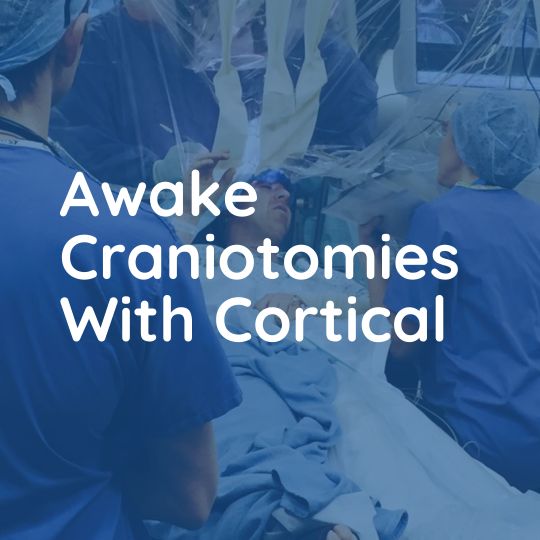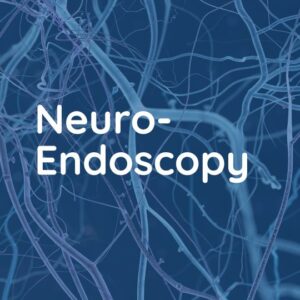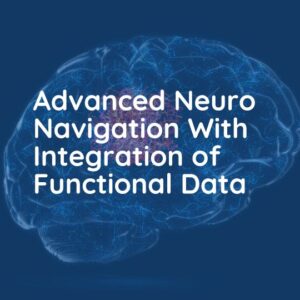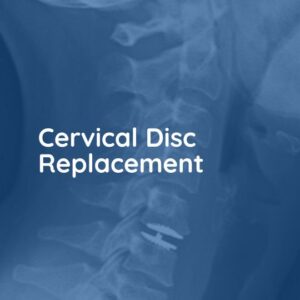
Awake Craniotomies With Cortical
An awake craniotomy with cortical mapping is a specialized surgical procedure in which the patient is awake and alert during the surgery, while the surgeon operates on the brain. This type of procedure is used to treat a variety of brain conditions such as tumors or epileptic foci, which are located close to or involve critical areas of the brain that control important functions such as speech, movement, sensation, and vision.
Procedure
Preoperative evaluation: Before the surgery, the patient undergoes a thorough neurological evaluation to assess the location and extent of the brain abnormality and to identify the critical areas of the brain that need to be preserved during the surgery.
Anesthesia: The patient is given a local anesthetic to numb the scalp and skull, as well as a mild sedative to help them relax. However, the patient remains conscious and able to communicate with the surgical team during the procedure.
Craniotomy: The surgeon makes an incision in the scalp and removes a portion of the skull to access the brain.
Cortical mapping: The surgical team then uses electrical stimulation to map the patient’s brain function, which allows them to identify and avoid critical areas of the brain during the surgery. The patient may be asked to perform tasks such as speaking, moving their limbs, or identifying objects during the procedure to help the surgical team monitor brain function.
Tumor removal: Once the critical areas of the brain have been mapped, the surgeon removes the brain tumor or other abnormality using a variety of surgical tools.
Closure: After the tumor has been removed, the surgeon replaces the portion of the skull that was removed, and the scalp is closed with sutures or staples.
Benefits
The benefits of an awake craniotomy with cortical mapping are that it allows the surgical team to remove brain tumors or other abnormalities while minimizing the risk of damage to critical areas of the brain, thus reducing the risk of long-term neurological deficits.
Risks
However, there are risks associated with any surgical procedure, including bleeding, infection, and damage to critical brain areas despite the mapping procedure. Additionally, some patients may experience discomfort or anxiety during the procedure due to the fact that they are awake and able to hear and see what is happening around them.
Recovery
Recovery time following an awake craniotomy with cortical mapping can vary depending on the individual and the extent of the surgery. However, most patients are able to resume normal activities within a few weeks following the procedure, and regular follow-up appointments with the healthcare provider are important to monitor the effectiveness of the treatment and assess the patient’s recovery.






